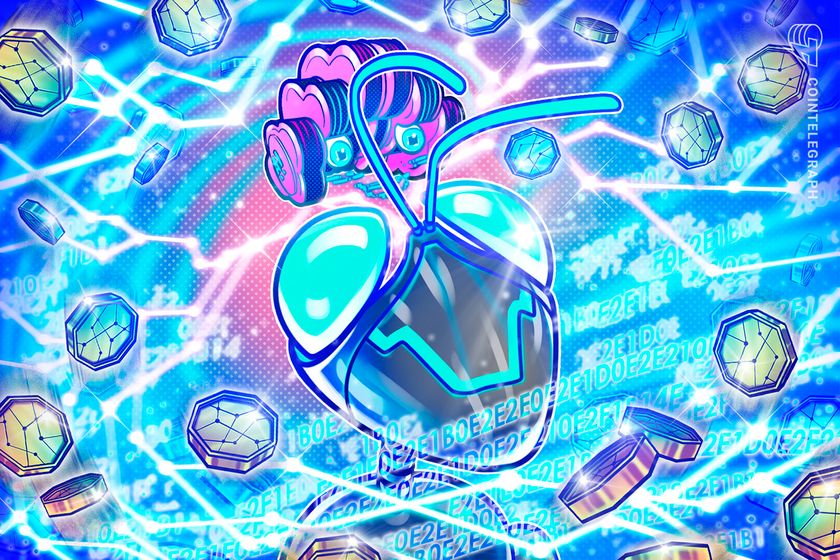
"We only support blue chip NFTs to reduce the risks," said Paraspace developers.
According to a recent report published by nonfungible token (NFT) money market protocol Paraspace and multichain wallet BitKeep, the current amount of NFT borrowing and lending, or NFTFi loans, has surpassed $430 million across 43,521 borrowers. The highest proportion of collateral comprised the most popular NFT collections, such as Wrapped CryptoPunks, Bored Ape Yacht Club and Mutant Ape Yacht Club.
Researchers at Paraspace and BitKeep said that NFTFi added $25 million in outstanding loans from January to March. Also contributing was the introduction of a digital collectible lending protocol by NFT marketplace Blur, which surpassed $16 million in loans one day after its launch, led by Taiwanese celebrity Machi Big Brother. Yet, the real impetus was the invention of Bitcoin Ordinals, which boosted total NFT market transaction volume to $1.5 billion in March but shrunk to $330 million in May. Despite the growth, however, Paraspace and BitKeep researchers warned that liquidity concerns remain a constant theme in the sector:
“The lack of liquidity in NFT trading is mainly caused by limited user numbers, difficulties in pricing, and high NFT prices. We thus observe two extreme scenarios where the TOP 10 NFTs maintain a certain level of liquidity with little fluctuation between projects, while other NFTs are sold at discounts."
In a statement to Cointelegraph, Paraspace NFT developers explained that despite accumulating NFT loans of over $280 million, the protocol had just 16 NFT liquidations with no bad debt since it began operations last year. Developers say the protocol owes its success to rules allowing only the most-established and highly liquid, or blue chip NFTs, to be pledged as collateral. The entry threshold for blue chip NFTs is often very high, with an average price range between $11,000 to $120,000.
“Typically, users can only borrow ETH against a single NFT. For us, users can use a basket of NFTs + ERC20 (3 BAYC + 1 AZUKI + 2 BTC) to borrow collection assets (say 10 ETH + 10 USDT + 100 APE). This gives our platform an opportunity to aggregate liquidity into one place and thus increase the capital efficiency for liquidity."
Nevertheless, developers at both Paraspace and BitKeep cautioned that the NFTs are a new market “lacking historical data and universally recognized valuation analysis methods, resulting in pricing difficulties." As a result, different perceptions of rarity based on subjective views have led to large price variances even within the same NFT series. On the market’s future outlook, developers commented:
“High-quality NFTs often have strong community consensus, team background, and distinctive artistic styles. However, the barriers for ordinary users to participate in blue-chip or popular NFTs are increasing. Nowadays, some solutions have emerged, such as NFT fractionalization, NFT staking, and the rise of NFT liquidity platforms."
Over the past two days, @ParaSpace_NFT welcomed back 90 supporters who rediscovered the magic. Additionally, we witnessed an increase in TVL of $5.2M.
— ParaSpace (@ParaSpace_NFT) May 24, 2023
Thank you all for your continued support and trust. Together, we're building something incredible.
For more info:… pic.twitter.com/bxlMuibuST
Magazine: Web3 Gamer: GTA 6 crypto rumors, Dr Who/Sandbox, Thai tourist NFTs review

